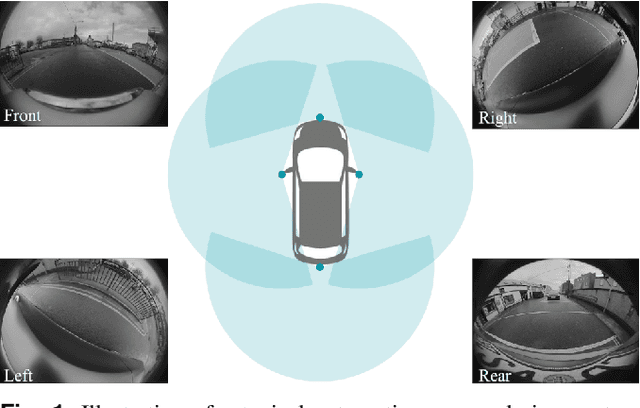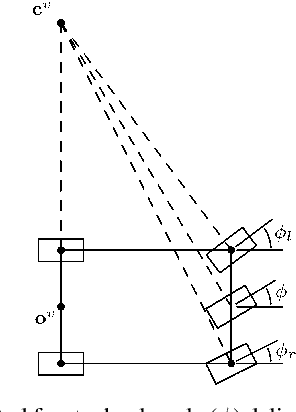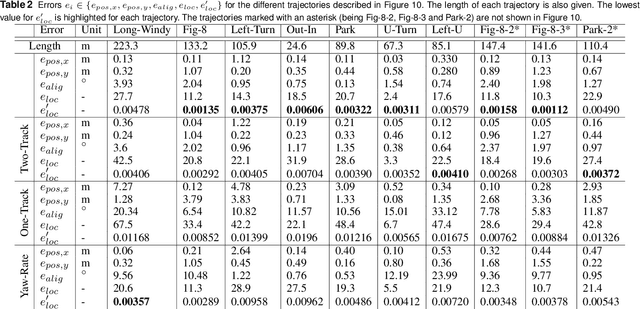Anbuchezhiyan Selvaraju
2.5D Vehicle Odometry Estimation
Nov 16, 2021



Abstract:It is well understood that in ADAS applications, a good estimate of the pose of the vehicle is required. This paper proposes a metaphorically named 2.5D odometry, whereby the planar odometry derived from the yaw rate sensor and four wheel speed sensors is augmented by a linear model of suspension. While the core of the planar odometry is a yaw rate model that is already understood in the literature, we augment this by fitting a quadratic to the incoming signals, enabling interpolation, extrapolation, and a finer integration of the vehicle position. We show, by experimental results with a DGPS/IMU reference, that this model provides highly accurate odometry estimates, compared with existing methods. Utilising sensors that return the change in height of vehicle reference points with changing suspension configurations, we define a planar model of the vehicle suspension, thus augmenting the odometry model. We present an experimental framework and evaluations criteria by which the goodness of the odometry is evaluated and compared with existing methods. This odometry model has been designed to support low-speed surround-view camera systems that are well-known. Thus, we present some application results that show a performance boost for viewing and computer vision applications using the proposed odometry
* 13 pages, 16 figures, 2 tables
A 2.5D Vehicle Odometry Estimation for Vision Applications
May 06, 2021



Abstract:This paper proposes a method to estimate the pose of a sensor mounted on a vehicle as the vehicle moves through the world, an important topic for autonomous driving systems. Based on a set of commonly deployed vehicular odometric sensors, with outputs available on automotive communication buses (e.g. CAN or FlexRay), we describe a set of steps to combine a planar odometry based on wheel sensors with a suspension model based on linear suspension sensors. The aim is to determine a more accurate estimate of the camera pose. We outline its usage for applications in both visualisation and computer vision.
 Add to Chrome
Add to Chrome Add to Firefox
Add to Firefox Add to Edge
Add to Edge